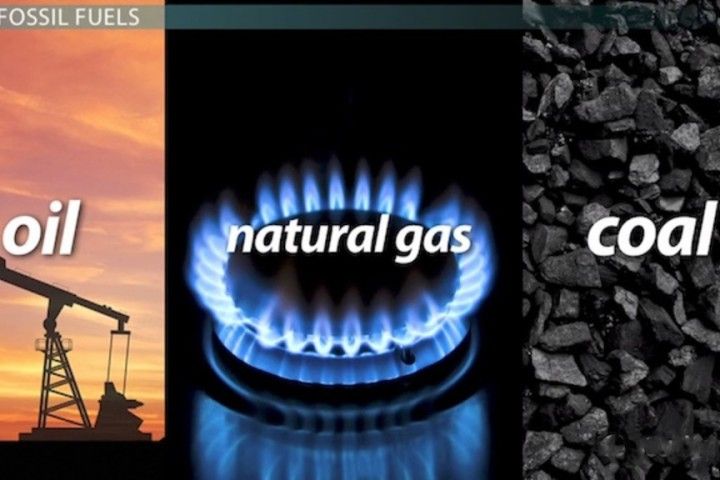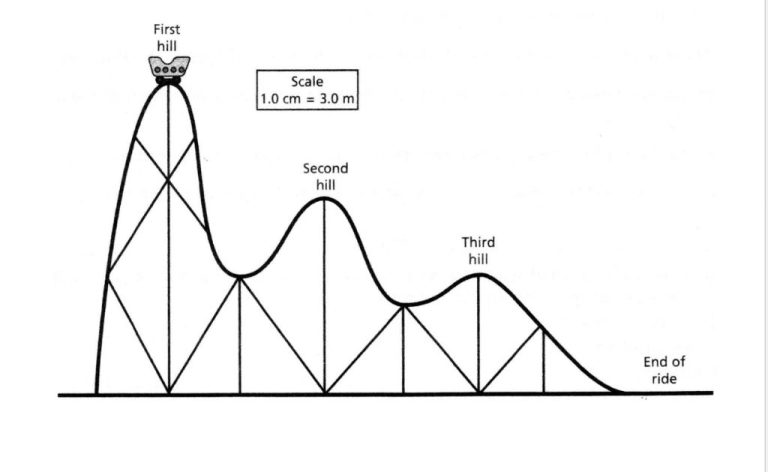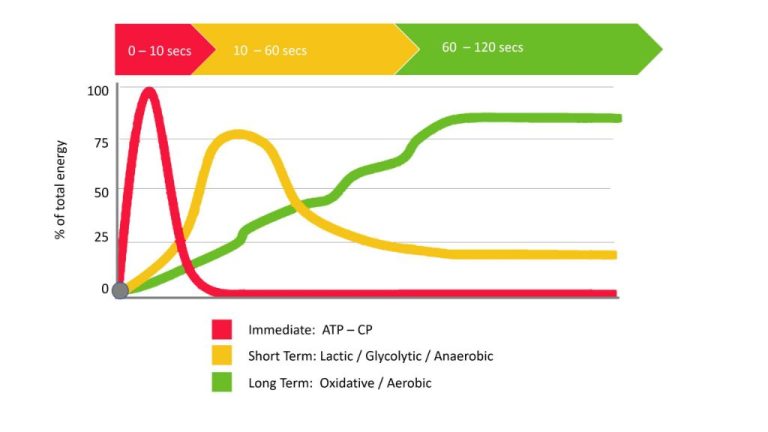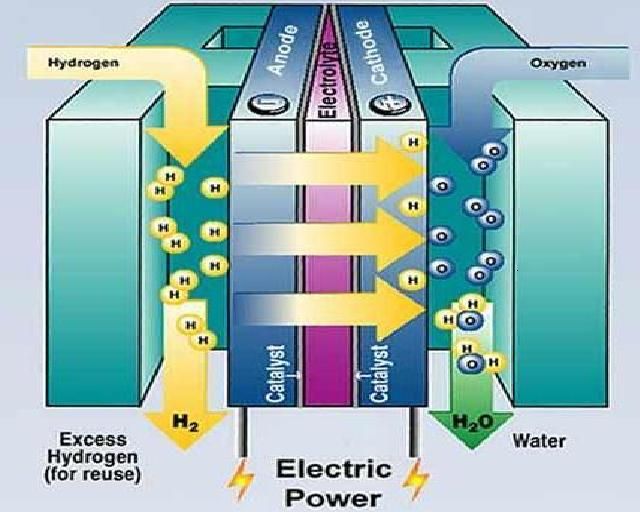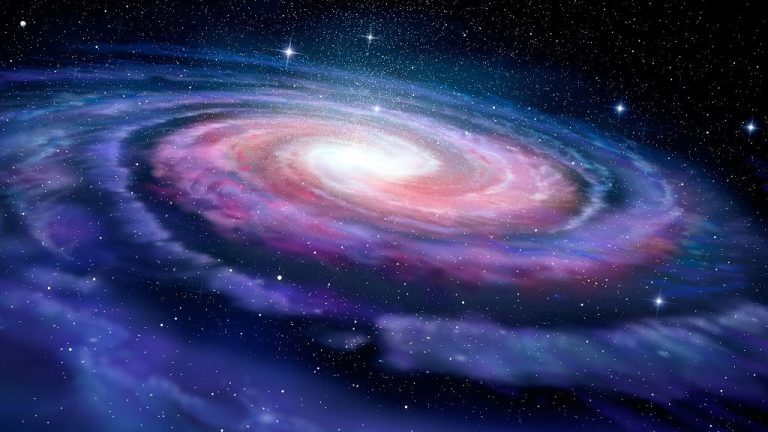What Major Role Do Plants Play In The Carbon Cycle Plants Use Carbon Dioxide For?
The carbon cycle is the process by which carbon moves through the Earth’s various systems. Carbon is a fundamental building block of life and is present in all organic compounds. The carbon cycle involves the movement of carbon between the atmosphere, biosphere, oceans, and geosphere.
Plants play a major role in the carbon cycle through the process of photosynthesis. During photosynthesis, plants use energy from sunlight to convert carbon dioxide from the atmosphere and water into glucose sugars. This also releases oxygen as a byproduct. Through this process, plants absorb massive amounts of carbon from the atmosphere and incorporate it into their tissues. They store this carbon in their stems, leaves, roots, and fruits.
Plants act as a carbon sink, meaning they store significant amounts of carbon within their biomass. They play a vital role in regulating carbon dioxide levels in the atmosphere and ocean by sequestering carbon. Plants also release carbon back into the atmosphere through respiration and decay.
Photosynthesis
Photosynthesis is the process by which plants use carbon dioxide from the atmosphere, along with water and energy from sunlight, to produce their own food and release oxygen as a byproduct. Through photosynthesis, plants act as an important carbon “sink,” absorbing CO2 that would otherwise build up to excessive levels in the atmosphere. The basic formula for photosynthesis is:
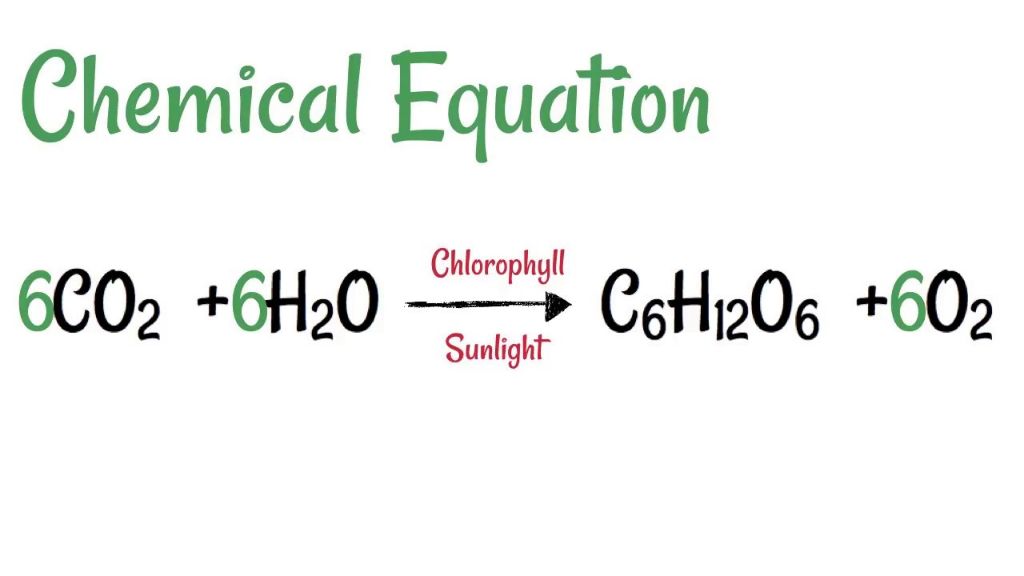
6CO2 + 6H2O + Light Energy –> C6H12O6 + 6O2
During photosynthesis, plants use solar energy to convert carbon dioxide from the air and water from the soil into glucose molecules. The glucose provides plants with the energy and nutrients they need to grow. Oxygen is produced as a waste product and released into the atmosphere through the plant’s stomata (pores).
Photosynthesis is vital to life on Earth. As plants absorb CO2, they help regulate global carbon levels and provide the oxygen that humans and other organisms need to survive. The process also forms the foundation of the food chain, as the glucose made by plants provides food for other organisms, who depend on it for energy. Additionally, fossil fuels like oil and coal ultimately derive from ancient plant matter that was buried and transformed over millions of years.
Carbon Storage
Plants play a major role in the carbon cycle through carbon storage. As plants grow, they absorb carbon dioxide from the atmosphere through photosynthesis. The carbon from the carbon dioxide is incorporated into the plant’s tissues, including the roots, stems, leaves, flowers, fruits, and seeds.
The carbon stored in plants can remain there for varying amounts of time. Annual plants such as many food crops only store carbon for one growing season. However, perennial plants, trees, and shrubs can store significant amounts of carbon in their wood for decades to centuries. Large trees like redwoods and sequoias can store carbon for over a millennium.
Carbon storage in plants reduces the amount of carbon dioxide in the atmosphere. Plants essentially act as carbon sinks, sequestering carbon as biomass. It’s estimated that land plants globally store about 450-650 billion tons of carbon at any given time. The more plants grow, the more carbon dioxide they can remove from the air and lock away in their tissues.
Carbon Sequestration
Plants play a vital role in carbon sequestration, which is the process of capturing and storing atmospheric carbon dioxide. During photosynthesis, plants absorb CO2 and convert it into biomass like trunks, branches, leaves and roots. The carbon absorbed by plants is generally stored as carbon in their tissues.
As plants grow over their lifetime, they continually sequester carbon from the atmosphere. The amount of carbon stored depends on the size and species of plant. Large trees like redwoods, for example, can store massive amounts of carbon over centuries of growth. Even after plants die, the carbon stored in their wood and roots can remain fixed in the soil for hundreds or thousands of years.
Natural forests, grasslands and wetlands all sequester and store significant carbon. Studies show that ecological restoration and reforestation are effective carbon capture solutions. By planting more trees and vegetation, we can actively remove CO2 from the air and mitigate climate change. In this way, plants act as carbon sinks that provide a vital service to absorb our CO2 emissions.
Oxygen Production
Plants produce oxygen through the process of photosynthesis. During photosynthesis, plants use energy from sunlight to convert carbon dioxide from the air and water into glucose sugars for growth. Oxygen is released as a byproduct of photosynthesis.
Photosynthesis occurs in chloroplasts, specialized structures in plant cells that contain the green pigment chlorophyll. When sunlight is absorbed by chlorophyll, the energy is used to power photosynthesis reactions. Water is split, releasing oxygen into the atmosphere.
This oxygen production by plants is incredibly important for most life on Earth. The oxygen released replenishes Earth’s atmosphere with breathable oxygen gas. Animals, including humans, cannot survive without consuming oxygen. Through photosynthesis, plants generate the oxygen needed to sustain animal life.
Estimates show that more than half the oxygen in Earth’s atmosphere originated from plant photosynthesis. The amount of oxygen in the air today is about 21%. Plants and other photosynthetic organisms like algae and cyanobacteria continuously replenish our planet’s oxygen levels through daily photosynthesis.
Biomass Fuels
Plants can be used as a renewable fuel source through the production of biofuels like ethanol and biodiesel. Biofuels are made from organic plant materials like corn, sugarcane, switchgrass, and woodchips. Plants capture and store solar energy through photosynthesis. When plant biomass is processed and converted into liquid biofuels, the stored chemical energy can be released and used to power engines and generate electricity.
Biofuels are considered carbon neutral sources of energy. This is because the carbon dioxide released when biofuels are burned is approximately equal to the amount of carbon dioxide the plants absorbed as they grew. Using biofuels can reduce dependence on fossil fuels like oil, coal and natural gas. Widespread adoption of plant-based biofuels as an energy source could decrease overall carbon emissions and help mitigate climate change.
Soil Carbon
Plants play a major role in the carbon cycle by storing significant amounts of carbon in the soil. As plants grow, they absorb carbon dioxide from the atmosphere through photosynthesis. Some of this carbon gets transferred to the soil through the plants’ root systems and as leaf and plant litter decompose.
Plant roots release carbon compounds that bind to soil particles and organic matter. Dead leaves, stems and roots that shed from plants also break down and release carbon into the top layers of soil. Over time, this carbon from decomposed plant biomass can accumulate and be stored in the soil for decades or even centuries.
Soils are actually one of the largest carbon reservoirs on Earth. The amount of carbon stored in soil is over twice as much as the amount stored in the atmosphere and three times as much as stored in living plants and animals. By accumulating carbon in the soil, plants play an important role in removing carbon dioxide from the atmosphere and sequestering it underground.
Forests
Forests play a crucial role in the global carbon cycle. Trees and other plants in forests absorb carbon dioxide from the atmosphere through photosynthesis. An estimated 2.6 billion tonnes of carbon dioxide per year is absorbed and stored by forests globally.
The carbon is stored in several forest carbon pools, including living trees and plants, dead wood, litter and soil. Old-growth forests are particularly important carbon sinks because they store large amounts of carbon accumulated over decades and centuries.
Deforestation and forest degradation are major contributors to climate change, releasing stored carbon back into the atmosphere. But sustainable forest management practices, along with forest restoration and reforestation, can help forests continue to sequester and store significant amounts of carbon. Maintaining the health of global forests is crucial for regulating carbon dioxide levels in the atmosphere.
Ocean Food Chain
Plants are a vital part of the marine food chain and support the cycling of carbon in the ocean. Phytoplankton, a type of microscopic algae, take up carbon dioxide through photosynthesis and convert it into organic carbon. Zooplankton and small fish eat the phytoplankton, incorporating that carbon into their bodies. As larger fish and marine mammals feed on the zooplankton and smaller fish, the carbon moves up the food chain.
When organisms die, some of their organic carbon sinks into the deep ocean and is stored there, while some is recycled back into carbon dioxide through decomposition. The biological carbon pump transports an estimated 10 billion tons of carbon from the surface to the deep ocean each year. This helps regulate atmospheric carbon dioxide levels.
However, human activities are disrupting the natural ocean food chain. Increased carbon emissions lead to ocean acidification, which makes it harder for phytoplankton to build their calcium carbonate shells. Overfishing also depletes fish populations and alters the composition of marine ecosystems. Protecting ocean plants and food webs is crucial for mitigating climate change and maintaining the natural cycling of carbon.
Conclusion
Plants play a crucial role in the carbon cycle by absorbing carbon dioxide from the atmosphere through photosynthesis. The carbon is then used to build plant tissues and is stored in the plants and soil. Through this process, plants act as a carbon sink, sequestering significant amounts of carbon. Plants also release oxygen back into the atmosphere as a byproduct of photosynthesis. When plants die and decay or are burned for fuel, the stored carbon is released back into the atmosphere or oceans. The carbon absorbed by plants becomes part of the terrestrial and oceanic food chains. By regulating atmospheric carbon dioxide levels and providing food and oxygen, plants are essential to life on Earth.

